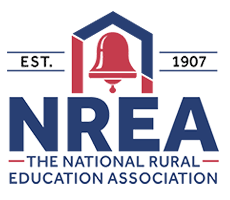Abstract
The mobility of capital today has meant that unprecedented numbers of low-wage, low-skill jobs continue to be created in the nation's rural areas, and these jobs are often filled by culturally and linguistically diverse individuals. As a consequence, many rural areas are becoming just as diverse today as urban areas. The changing demographics have prompted efforts to incorporate multicultural education in to the curriculum of schools where ethnic diversity exists. However, research suggests that rural schools in homogenous populations are more likely to hold negative views of multicultural education. This article examines the history of multicultural education and the many schools of thought within multicultural education for the purpose of developing an approach better suited to rural schools.
Creative Commons License

This work is licensed under a Creative Commons Attribution 4.0 International License.
Recommended Citation
Reed, K.
(2010).
Multicultural Education for Rural Schools: Creating Relevancy in Rural America.
The Rural Educator, 31(2), 15-20.
https://doi.org/10.35608/ruraled.v31i2.952



